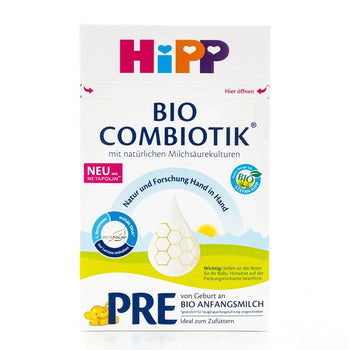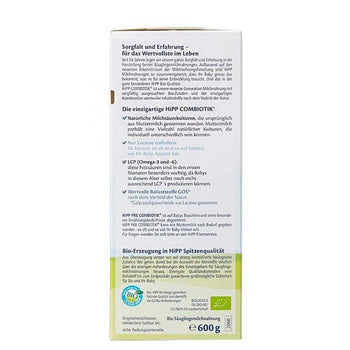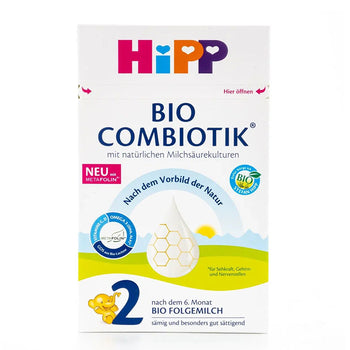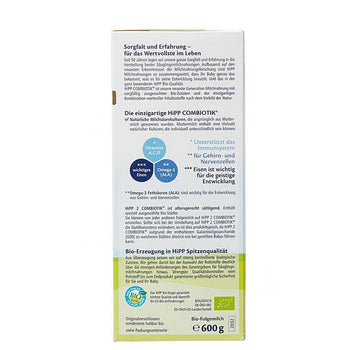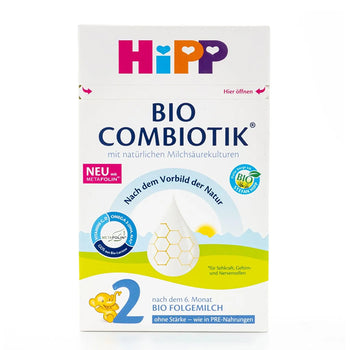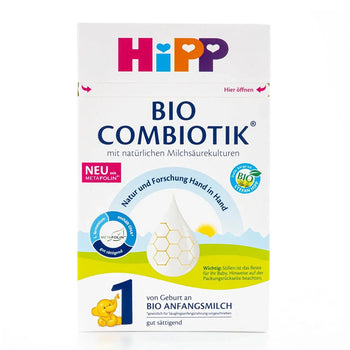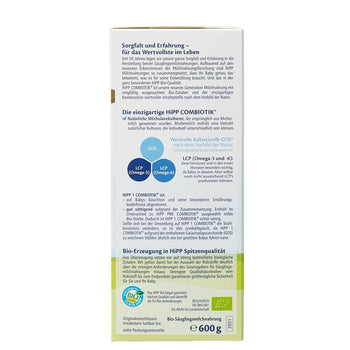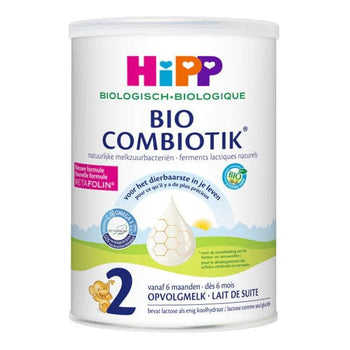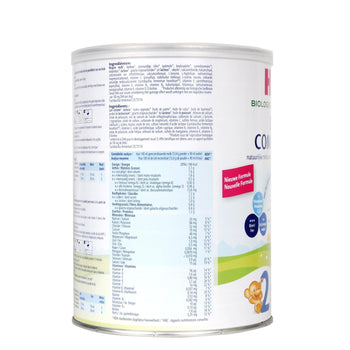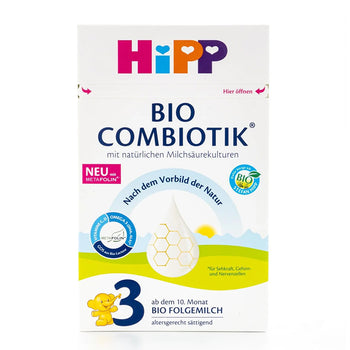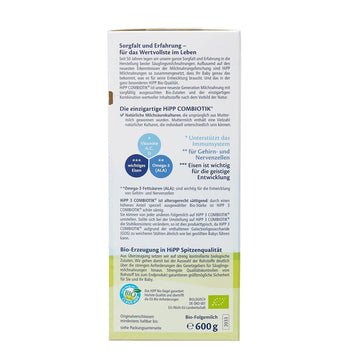Ensuring your baby's feeding equipment is free from harmful bacteria is a crucial part of maintaining their health. Sterilizing baby bottles is more than just a cleaning process—it’s a necessary hygiene practice that protects your infant during the most vulnerable stages of development. In this comprehensive guide, we cover every method of sterilizing baby bottles, from traditional boiling to modern UV sterilizers, helping you choose the right option that suits your lifestyle.
Why Sterilizing Baby Bottles Is Essential
During the first year of life, a baby’s immune system is still developing. Bottles, nipples, and pacifiers can harbor invisible bacteria, viruses, and fungi that cause illness. Even a thoroughly washed bottle can retain traces of milk residue, which encourages bacterial growth. Sterilization kills 99.9% of these germs, offering your child a safe feeding experience.
How Often Should Baby Bottles Be Sterilized?
We recommend sterilizing baby bottles:
-
Before the first use after purchase
-
Once daily for babies under 3 months, preemies, or infants with weakened immune systems
-
After your baby has been sick
-
If the bottle has been left out for an extended period or exposed to unsanitary conditions
While daily sterilization may not be necessary for all babies, it's a safe and reassuring step many parents take in the early months.
Method 1: Boiling Baby Bottles
Boiling is the most accessible and cost-effective sterilization method.
Steps to Boil Baby Bottles:
-
Disassemble the bottles—remove nipples, rings, and caps.
-
Place all items in a large pot and cover with water.
-
Ensure there are no air pockets inside the bottles.
-
Bring the water to a rolling boil and continue for at least 5 minutes.
-
Use clean tongs to remove items and place them on a sterilized drying rack or clean towel.
Pros:
-
No additional equipment needed
-
Kills most bacteria effectively
Cons:
-
May damage some bottle parts over time
-
Not suitable for heat-sensitive materials
Method 2: Steam Sterilizers
Electric steam sterilizers are a favorite among busy parents looking for convenience.
Steps to Use a Steam Sterilizer:
-
Clean all parts of the bottle beforehand.
-
Place items in the sterilizer, ensuring they don’t overlap.
-
Fill the device with the specified amount of water.
-
Close the lid and start the cycle (usually 5–10 minutes).
-
Wait for the sterilizer to cool down before opening.
Pros:
-
Fast and hands-free
-
Can sterilize multiple bottles and accessories at once
Cons:
-
Requires a power source
-
Can be bulky and expensive
Method 3: Microwave Steam Bags
Microwave steam bags are portable and efficient, especially for travel.
Steps to Use Microwave Steam Bags:
-
Add a small amount of water into the bag.
-
Insert clean bottle parts.
-
Seal and microwave according to the bag's instructions.
-
Let the bag cool before opening carefully.
Pros:
-
Great for travel
-
Quick and easy (3–5 minutes)
Cons:
-
Limited capacity
-
Bags are disposable and add to recurring cost
Method 4: UV Sterilizers
UV sterilization uses ultraviolet light to kill germs without heat or moisture.
Steps to Use a UV Sterilizer:
-
Place cleaned and dry bottles inside the device.
-
Select the UV sterilization cycle (usually 10–30 minutes).
-
Remove bottles after the cycle is complete.
Pros:
-
No water or chemicals
-
Suitable for heat-sensitive items
-
Some models also offer drying features
Cons:
-
Expensive
-
Requires maintenance (UV bulb replacement)
Method 5: Cold Water Sterilizing Solutions
Chemical sterilization uses antibacterial solutions, typically chlorine-based, safe for infant use.
Steps to Sterilize with Cold Water:
-
Fill a sterilizing container with cold water.
-
Add the sterilizing tablet or liquid according to the instructions.
-
Submerge bottle parts fully, ensuring no trapped air.
-
Leave items in the solution for at least 30 minutes.
-
Remove with clean tongs and shake off excess solution (no rinsing needed).
Pros:
-
No electricity required
-
Bottles can stay sterile in the solution for 24 hours
Cons:
-
Long wait time
-
May leave a chemical smell if not used properly
Important Tips for Safe Sterilization
-
Always wash bottles first. Sterilizing a dirty bottle is ineffective.
-
Avoid cross-contamination. Use separate tongs or clean hands to handle sterilized items.
-
Inspect bottle parts regularly. Discard any that show signs of wear, cracks, or discoloration.
-
Store bottles properly. Once sterilized, bottles should be kept in a sealed, clean container or used immediately.
Drying and Storing Sterilized Bottles
After sterilization, drying should be done in a dust-free and clean environment. Use a dedicated drying rack or a clean paper towel. Avoid using cloth towels that might harbor bacteria. Once dry, reassemble the bottles and store them in a clean, closed cabinet or storage container.
Do You Need to Sterilize Bottles After Every Use?
No. Once your baby is older than 3 months, has a healthy immune system, and you’re using clean, warm soapy water and thorough rinsing, daily sterilization isn’t always required. But many parents still choose to sterilize regularly for peace of mind.
What About Baby Bottle Accessories?
Pacifiers, breast pump parts, teething toys, and sippy cups should also be sterilized using the same methods. Always check the manufacturer’s instructions to ensure compatibility with your chosen sterilization method.
Best Practices to Ensure Long-Term Hygiene
-
Replace plastic bottles every 4–6 months or sooner if damaged.
-
Use BPA-free, dishwasher-safe bottles for easier maintenance.
-
Label bottles if used in daycare to prevent mix-ups.
-
Keep your sterilizer clean—descale electric models regularly to prevent mineral buildup.
Sterilizing baby bottles is one of the simplest yet most effective ways to keep your baby healthy. Whether you prefer boiling, steam, UV, or chemical methods, the key is consistency and cleanliness. Choose the method that suits your routine and commit to making sterilization part of your daily baby care ritual—especially in those crucial early months.














